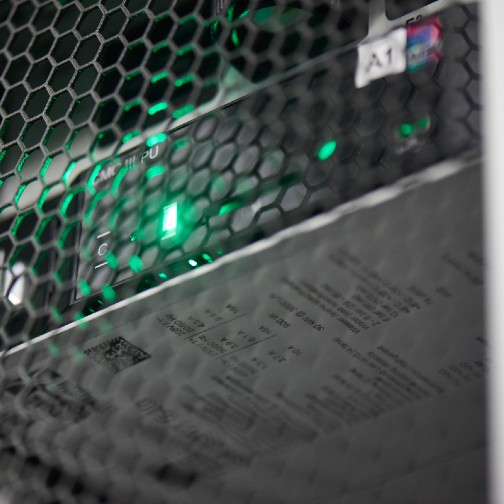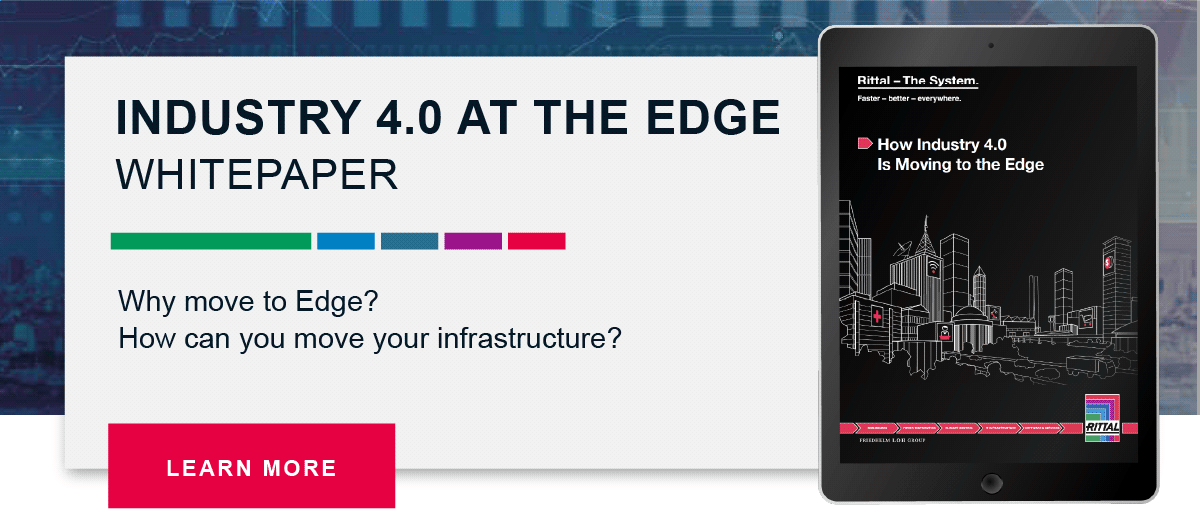The Basics of Edge Computing
Edge computing has taken the IT environment by storm. In 2018, 10% of enterprise-generated data was created and processed outside the traditional centralized data center or cloud; by 2025, Gartner says, that figure will be 75%. In terms of revenue, MarketsandMarkets expects the global market to go from 2019’s $2.8 billion to $9.0 billion by 2024 – growth of nearly 27% every year.
As a relative newcomer to the data processing and storage discussion, there’s a lot being written about Edge, and some of it can be conflicting. So in an effort to bring some clarity, here’s some common FAQs about The Edge.
What Is Edge Computing?
The simple explanation is that an Edge system puts processing power as close to the point at which data is generated and utilized, rather than putting it at the core of the network. This proximity has the effect of:
- Reducing latency
- Reducing bandwidth required to send data up to the cloud.
- Providing `Real Time’ access to information
Proximity is especially beneficial for data-heavy applications that connect and interact with machines and also require continuing analytics. Because Edge systems reduce the strain on bandwidth, this approach often results in significant cost savings for a company, too.
It’s important to note that Edge systems aren’t intended to eliminate reliance on the cloud. In the typical Edge installation, only the most important data is processed and analyzed locally, with the rest moved to the cloud. Using autonomous cars as an example, the most critical data needed to help the vehicle navigate safely and accurately – from sensors, radar, scanners and computer vision – is processed immediately; lower priority data is sent to the cloud. In this use case, Edge alleviates the massive strain on bandwidth – a single autonomous vehicle generates 30 terabytes of data every day.
So...simply, Edge brings computing near to the point of use, opening up bandwidth, minimizing storage costs, and allowing for real-time analysis and insights.
Why Is Edge Computing Becoming So Popular?
The primary impetus for Edge is the massive amounts of data being generated and utilized in today’s IoT and Industry 4.0 environment, where analytics are used to optimize productivity. This year there are an estimated 31 billion IoT devices installed worldwide; by 2025, Security Today expects that number to reach 75 billion, and Edge systems will be critical in accommodating data processing needs. Beyond industrial needs, we also have streaming entertainment services, apps and other data-rich, bandwidth-hungry “stuff” that benefit from delivery via The Edge.
All this data flowing back and forth to the cloud is slowing down the speeds at which we’re able to gather and process data, making it an untenable choice for most organizations. While powerful, the cloud isn’t designed to process data in real-time, and the cost and availability of bandwidth makes it less than ideal for applications that require speed.
Where Is Edge Computing Deployed?
The Edge installation can be built around a single enclosure sitting on a factory floor or in the warehouse space up to a Spine/Edge data center in a pre-engineered, self-contained space such as a container or modular room. Regardless of scale, the Edge installation must support all components of the IT installation - IT appliances, climate control, power distribution, monitoring & security.
Edge computing is being used in nearly every industry globally to reduce reliance on the cloud and speed analysis; it is especially valuable where connectivity is limited, like rural areas and remote Oil & Gas installations. Here are some examples of typical use cases for Edge systems:
- Organizations that utilize video surveillance to monitor threats and risks, such as the military, industrial/construction sites, warehousing and property management
- A branch office where local servers and infrastructure help meet the needs of the employees based there rather than having applications and data connect back to the main office
- Telecoms that want to improve streaming, getting content as close to subscribers as possible in order to reduce latency and relieve bandwidth to the data center
- Municipalities that need to regulate utilities, and monitor and respond to weather emergencies and crime
- The financial services industry, where reducing data latency – even if by milliseconds – will improve performance of algorithms that inform buy/sell decisions
- The Oil & Gas, Transportation and Energy industries that want to replace the traditional “wait until it breaks” approach to maintenance with one that predicts needs in order to minimize downtime
Solving Issues With Edge Computing
For many businesses, Edge computing represents a big change in both operations and distributed information technology. We’ve covered some of the challenges associated with moving to The Edge in a previous post, but a few bear repeating.
- Managing cooling costs. Organizations looking to take advantage of an Edge deployment may not have the infrastructure in place to properly cool IT equipment inside the enclosures (cabinets). Rather than installing costly climate control and air filtering systems into the space, there are choices from single enclosure mount AC systems to liquid cooling – the go-to solution for multi-cabinet power densities of 20 – 30kW or a complete Spine/Edge data center installation of up to 200-300kW. The most effective liquid cooling methods for Edge are closed loop systems, where racks and heat exchangers work exclusively with one another, optimizing air flow and efficiency.
- Preparing the facility. New deployments often call for investment in infrastructure, with equipment such as backup generators, transformers, and switchgear. An assessment of the facility and its electrical and mechanical systems is critical as you prepare for a successful Edge deployment.
- Planning to scale. To future-proof an Edge deployment, the installation should be engineered for flexibility, with the ability to add accessories quickly, reconfigure the cabinet to accommodate different sizes of equipment, compartmentalize so IT and power equipment can all be installed in the same cabinet, and apply different cooling methods to the same cabinet.
For many businesses, Edge computing represents a big change in both operations and distributed information technology. The best way to ensure that you’re taking utmost advantage of its benefits is to work with an experienced partner that can provide the equipment and support needed to move processing and storage operations from your home data center to The Edge. Rittal offers a full spectrum of Edge solutions and services to rapidly deploy your edge installation. For more information, download our "Edge Platform Design" brochure. To understand what it takes to achieve optimum Edge efficiency, download “How Industry 4.0 Is Moving to the Edge”. In it you’ll find answers to common questions and learn how to make the move benefit your organization.




